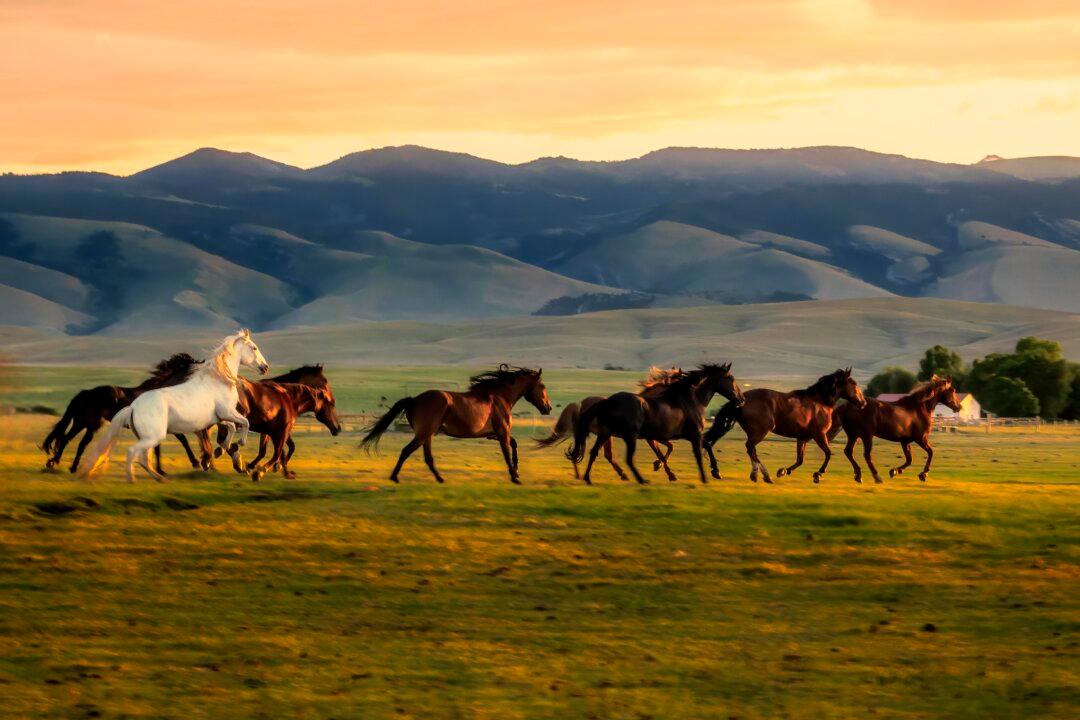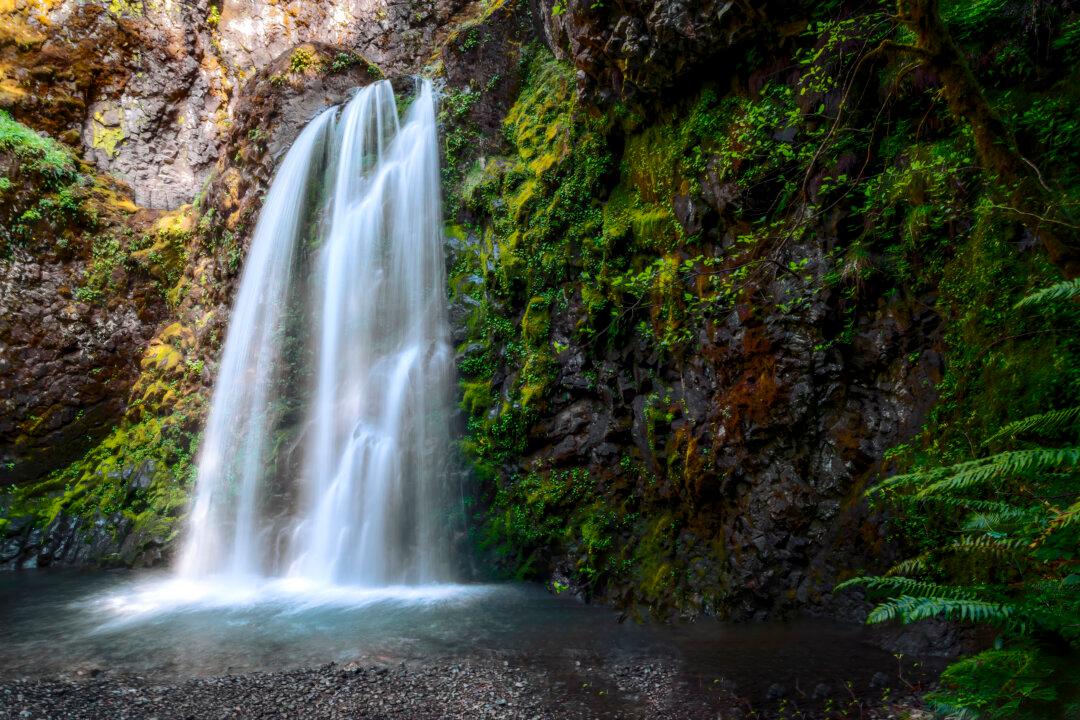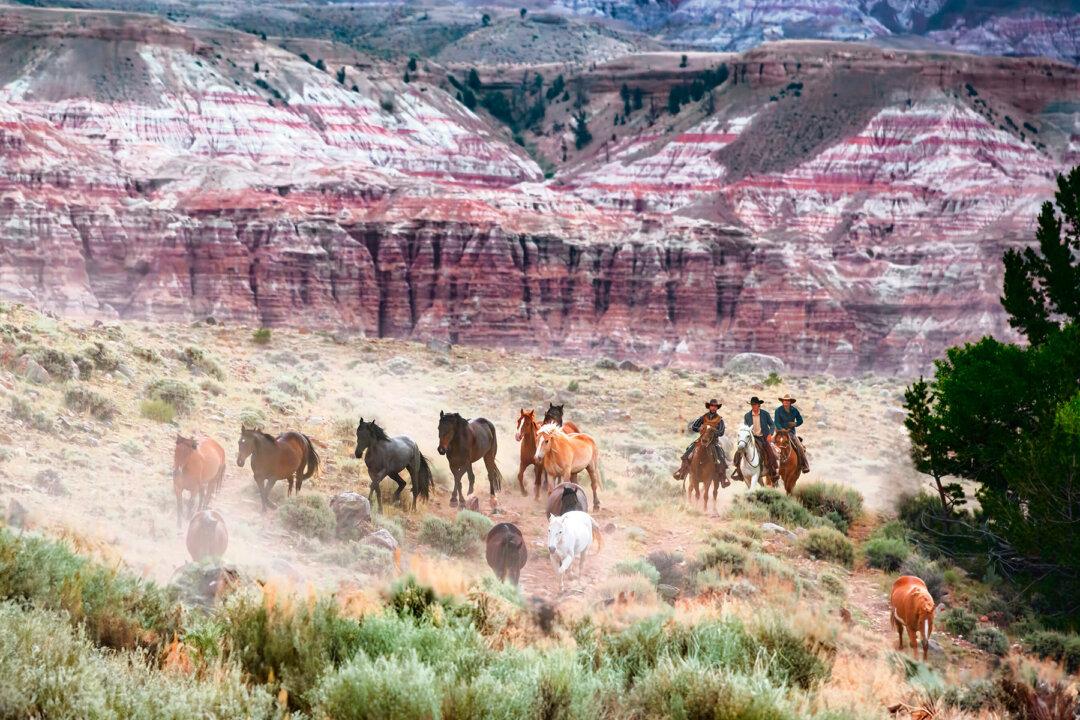The laid-back French Polynesian lifestyle and the leisurely Aranui cruise timeline are conducive to solace and contemplation, as is the region’s natural splendor. We gazed out from the ship at a brilliant blue sky laced with billowing white clouds that caressed lofty peaks and cast drifting shadows across rock faces and soaring spires on the mesmerizing Marquesas island of Fatu Hiva.
Six sailing yachts lay at anchor in open water before us like silent sentries safeguarding the cliff-cloistered Bay of Virgins and the volcanic crater-cradled hamlet Hana Vave. Clusters of coconut palms that crowd the steep hillsides swayed as gracefully as entrancing Polynesian dancers in the afternoon breeze.





